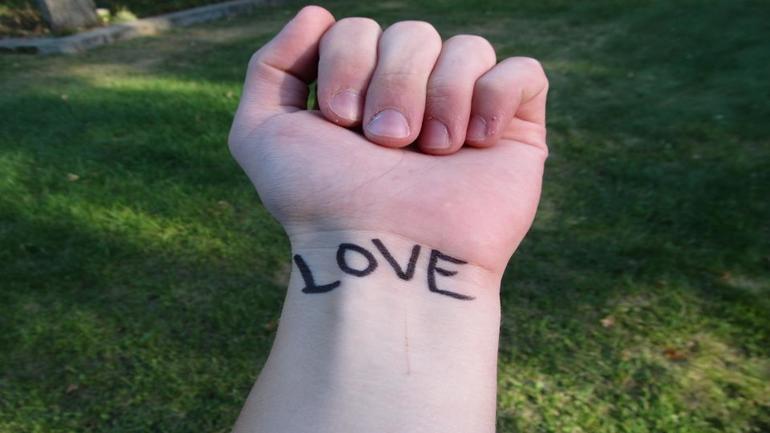Discussing suicide is never an easy conversation. With suicide getting more attention in the news lately, it has been revealed that there is a lack of resources to effectively discuss the subject with our students. It is important to have these discussions but it is equally important to have good discussions. The following are guidelines for having those discussions, in a formal setting, with your students and their parents.
[tweet_dis]A special concern for the leader to take into account is that you cannot discuss suicide without touching on your own feelings – students’ and your own.[/tweet_dis] Discussion of suicide will not burden the student and is not likely to “plant” the idea in their heads. The teacher must also recognize that this topic needs to be discussed so that students have accurate information and may require pulling in parents and other supportive adults into the discussion. The following teaching strategies are recommended:
- Provide structure and ground rules for the class.
- Recognize cultural differences and protect students’ privacy. (Unless there is disclosure to harm oneself.)
- Give honestly of yourself in the discussions.
- Be familiar with referral procedures. (Who? What? Where? When? Why?)
- Stress that everyone can be depressed at some time.
- Be alert and sensitive to students who are upset. (Have extra volunteers on hand.)
- Don’t try to scare students.
- Provide some lightness through a positive emphasis and permit some humor.
- Assist students and be available, but recognize that you are not a therapist.
The first lesson promotes an understanding of the problem of youth suicide. Students can be asked a number of questions to stimulate their thinking and to clarify the many misperceptions that exist regarding depression and suicide. Students are also asked to identify community resources to assist suicidal youths and are encouraged to visit such agencies and to gather information about them.
The second lesson emphasizes the warning signs and stresses that depression is common and often situational in nature. A group sharing time could be useful that encourages students to think about a time when they were depressed. The exercise focuses on how they felt and acted at the time, to which they talked, and what helped them through the depressed period.
The third lesson centers on stress, substance use, and suicidal risk. The variety of stressors that teenagers face is emphasized. The relationship between stress and drug/alcohol use is emphasized. Positive steps to cope with stress are taught. Consider bringing in a counselor/therapist to facilitate this discussion.
The goal of the fourth lesson if to help students communicate with and assist a suicidal friend. It is pointed out that secrets must not be kept about suicidal behavior. Activities could include role-playing communication skills. Steps in helping a suicidal friend are identified; who to contact, how to listen, identifying negative emotions, role-playing a number of scenarios where one student responds to a suicidal friend. In these role-plays, showing caring, providing empathetic responses, giving support, and lending perspective are emphasized. (This is not an attempt to pawn off this responsibility on our youth, it is simply a reality that a student is more likely to tell another student that they are suicidal that an adult. This is an attempt to equip students with “what is the first step” information and to hopefully neutralize a situation until an adult can engage). You should check with local mental health providers to provide training on this and whether there are legal issues barring you from doing so.
The final lesson focuses on help available in the community agencies that they contacted as part of the homework for the first lesson. A master list of community services is made for each student and how to contact help in case of an emergency. It is suggested that students receive a wallet-sized card with community resource information on it, including resources available at their school.
* Each lesson should provide goals, and objectives, and homework of some sort.
A local youth group would bi-annually facilitate a 6 week series they called “Coping With…” and would bring in local professionals to share with students and their families. In this series they would address the many stressors/problems that youth face today, such as; anger, bullying, substance use, finances, dating violence, grief/death, suicide, depression, self-injury, and other difficult subject. The student’s families were always invited and even had a specific class geared directly towards them. The parents’ class usually addressed issues such as technology, early screening for depression, systematic abandonment, etc.
Simply Youth Ministry has some great resources for walking with students through these difficult issues. Life Hurts, God Heals and Emergency Response Handbook for Youth Ministry.
– Chris / @conversefringe



